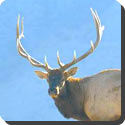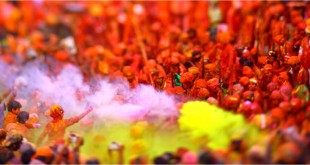 Antelopes, cows, goats and sheep have horns. Horns are composed of a bony central core attached to the skull and converted in a horny sheath. The horny sheath is ‘grown’ by a lair of tissue covering the bony core. Horns continue to grow throughout the life of the animal. (When people used horns for drinking from, it was the horny sheath that was used; the bony core would have been discarded.)
Antelopes, cows, goats and sheep have horns. Horns are composed of a bony central core attached to the skull and converted in a horny sheath. The horny sheath is ‘grown’ by a lair of tissue covering the bony core. Horns continue to grow throughout the life of the animal. (When people used horns for drinking from, it was the horny sheath that was used; the bony core would have been discarded.)
Antlers are found on deer, moose and caribou. Only the males of these animals have antlers, whereas horns may grow on both males and females. Antlers grow from a bony core on the skull, covered with skin. This is richly supplied with nerves and blood vessels. Eventually the bony core produces the branching antlers; and these remain covered with skin.
When the antlers are fully grown, the blood and nerve supplies are cut off and the skin peels away. After the mating season the antlers are shed, leaving just a bony stump, and the whole process begins again the following year.
The ‘horns’ of rhinocerous are not really true horn at all. They are composed of densely packed keratin – the same material from which our own nails and hair is produced. Despite the fact that rhinocerous horn is not composed of bone, it is an extremely hard structure, and is used as formidable weapon.
 Kids Portal For Parents India Kids Network
Kids Portal For Parents India Kids Network






